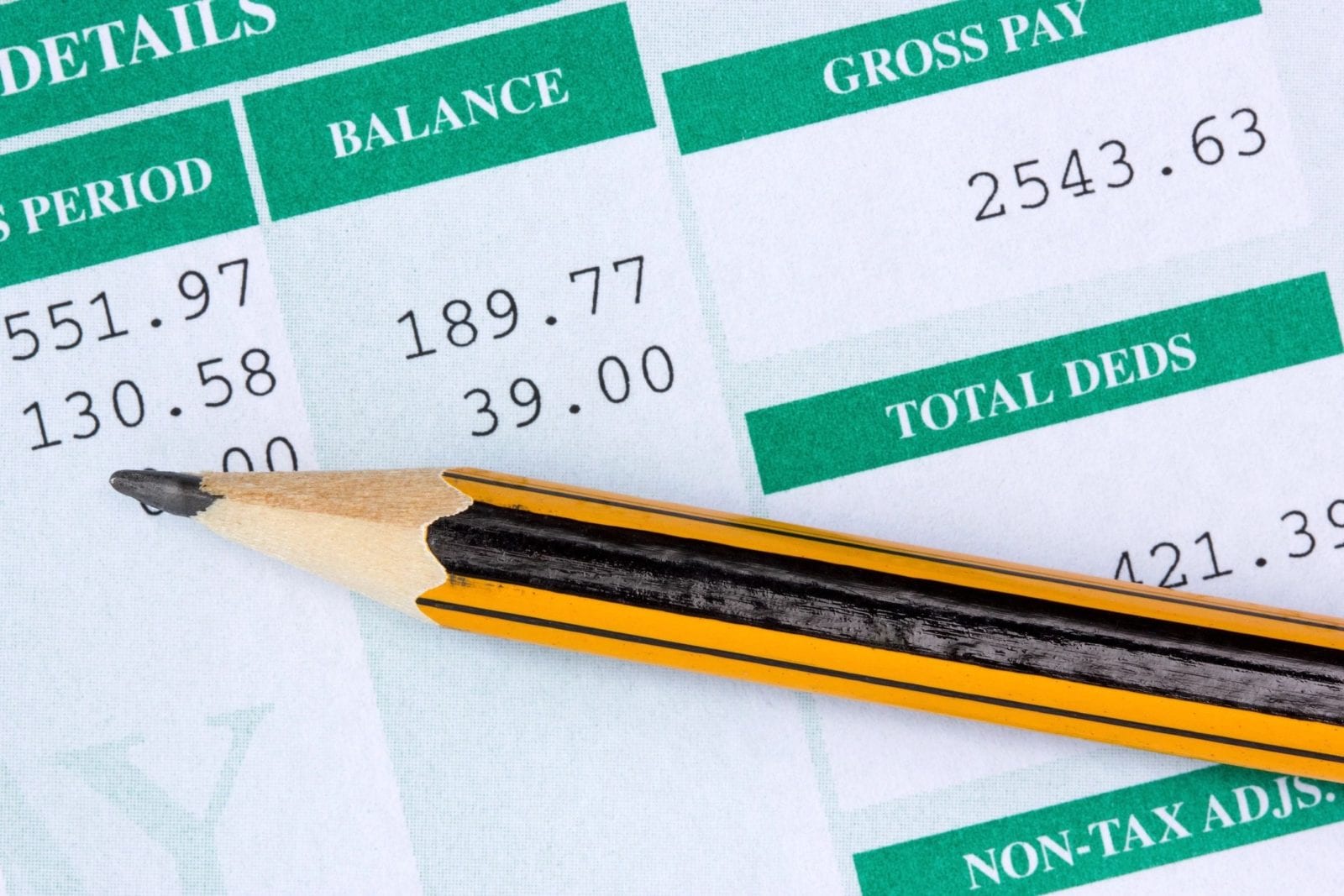Table of contents
What is Invoice Financing
A Long Term Working Capital Solution Invoice factoring, also referred to as accounts receivable financing, is a form of funding used by businesses to gain access to money held up in their receivables. In such situations, companies offer their invoices (account receivables) to a third-party company usually referred to as a factoring company. Rather than waiting for between a month to, sometimes, 3 months for the client’s payments, the business is paid instantly by the third party, while the third party(factoring company) awaits the pending payment from the customer.
With invoice factoring, companies have access to cash; which is essential, not only for the daily running of their business activities but also for expansion. Factoring may not be considered as a loan – the business is not indebted. And the payment received from the third party company is based on the credit score of the business’s customers and not that of the business per se – the credit rating of the business is not considered in this scenario. This is great news to companies who are not eligible for traditional lending, due to bad credit scores or those who may not want to increase their company’s debt.
Benefits of Invoice Financing
- Offers your business access to immediate cash
- Easy transaction
- Payments are made based on your customer’s credit history – not yours
- Business is not carrying additional debt
Invoice Factoring in a Nutshell This is a simple concept and process. In the first phase, the business signs a deal with a third-party company known as the factoring company. The business does their transaction and generates an invoice- as normal. But instead of sending the invoice to the customer with whom the transaction was made, the invoice is sent to the factoring company. As soon as the factoring company acknowledges the receipt of the invoice, it makes a partial payment of the total sum stated on the invoice into the bank account of the business (usually within 24 hours). When the actual customer is ready to and makes the payment for the invoice (to the factoring company), the factory company pays the remaining balance to the business, however, less a service fee.
Invoice Financing: Steps involved
- Finalize transaction and billing
- Send transaction invoice to the factory company
- Get direct advance payment from factory company
- Factoring company receives payment from customer
- Factoring company pays you the outstanding balance less a service fee
Downsides of Lines of Credit While the banks seem to be the best and widely accepted medium to secure working capital, the process could be frustrating. Securing business lines of credit or business loans, besides the stress, may take several weeks or even months- not to mention the increased debt that will reflect on your balance sheet. Also, your business credit and payment history is what qualifies you for a business line of credit and business loans. So, companies with low credit scores can’t secure enough cash to run their business, and also for expansion. You are limited to the amount you can obtain which can of course become a barrier to your business growth. Banks are typically looking at historical performance. If your business is growing at a high rate it will be impossible to sustain the growth without the capital to bridge these cash flow constraints. If you have to wait 30 to 90 days to get paid and businesses is growing you will not be able to start the next job or project until you get paid from the last one. This is where factoring can be a huge advantage to helping your business grow.
